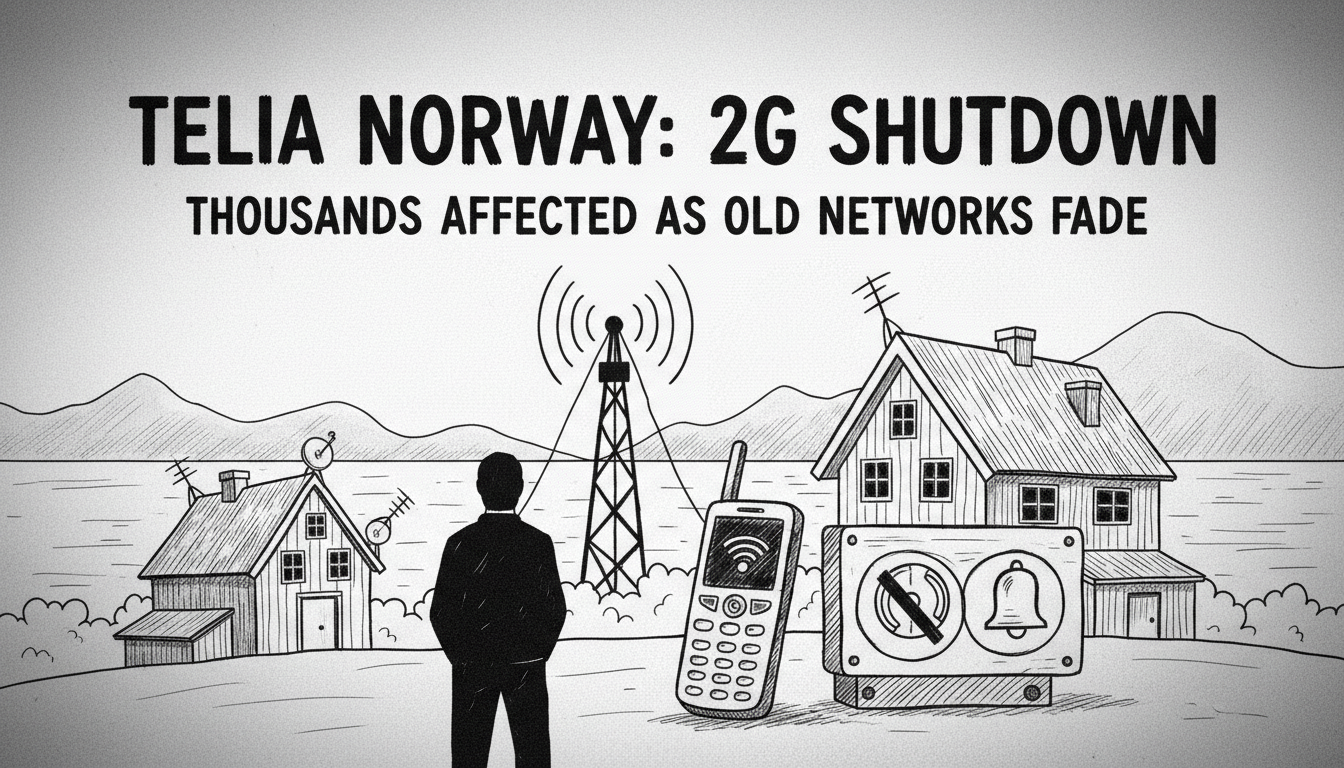Telia has disconnected its 2G cellular network across multiple eastern Norwegian regions. The shutdown affects safety alarms, water meters, and certain vehicle functions for subscribers in these areas. Infrastructure chief Georg Svendsen confirmed the change impacts all devices using 2G SIM cards.
The final phase of Telia's network transition covers Østfold, Vestfold, Oslo, Drammen, and Akershus. These were the last regions maintaining Telia's 2G service nationwide. The company began its systematic network shutdown earlier in the third quarter.
This technological shift creates immediate challenges for thousands of Norwegian households and businesses. Safety systems and monitoring devices relying on 2G connectivity will cease functioning. Many older vehicle emergency call systems will also become inoperative.
The transition reflects Norway's rapid adoption of newer mobile technologies. Most Norwegian consumers already use 4G and 5G networks for daily communication. The 2G shutdown frees up valuable radio spectrum for more advanced services.
Norwegian telecommunications policy encourages this technological progression. Regulators view older network technologies as inefficient use of limited spectrum resources. The freed bandwidth can support faster mobile internet and emerging Internet of Things applications.
Telia's main competitor Telenor plans its own 2G shutdown in early 2028. This coordinated industry approach gives Norwegian consumers and businesses clear timelines for upgrading equipment. The staggered schedule prevents simultaneous service disruption across all providers.
The change particularly affects rural properties and older infrastructure systems. Many Norwegian mountain cabins and remote facilities use basic 2G connectivity for security monitoring. These locations now require equipment upgrades to maintain protection systems.
Norwegian consumer authorities advise checking all connected devices for 2G dependency. They recommend contacting equipment manufacturers about compatibility with newer network technologies. Some systems may require simple software updates while others need complete replacement.
This network evolution represents another step in Norway's digital transformation. The country consistently ranks among global leaders in technology adoption and internet infrastructure quality. The 2G shutdown follows similar transitions previously completed for analog mobile networks.
Businesses operating fleet vehicles or remote monitoring systems face the most immediate impact. Many commercial operations built around 2G technology must now accelerate their upgrade plans. The change creates both disruption and opportunity within Norway's technology sector.

